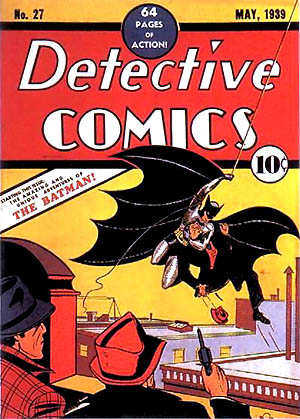Last week I received a novel invitation – call it a ‘dare’ from a long-time colleague and friend in a faraway land. He and I have never actually met, but we have interacted so often professionally and we keep trying to figure out how and when we can end up at the same conference, perhaps even sharing a speaking opportunity or panel so we can finally say ‘Hello’ in person – even split a bottle of wine. The invitation was a novel twist on attracting speakers to a professional conference – specifically the 2014 Webit Global Conference to be held in Istanbul.
Although the agenda was pretty full already, the organizers decided to create some ‘buzz’ by allowing people to vote for a few speaking slots as “Audience Choice” selections. Imagine that, a professional conference with a ‘power to the people’ format. While obviously hoping to increase attendance and excitement for the conference, the balloting is online and you don’t have to be registered to vote.
Now I’m wise enough, with enough experience, to appreciate that a practicing lawyer will NEVER win a popularity contest. I mean seriously – who normally says “I love my lawyer and really want to hear him talk!” I believe this to be true, even if we aren’t charging by the hour!
But I do love a good challenge and I thought it would be a good opportunity to conduct an informal, completely unofficial and invalid experiment. So I sent requests to people I’m connected to on LinkedIn, tweeted on Twitter and provided a link, with ‘Please vote for my presentation’ on my email signature block. Here is what I know and what I learned so far:
1. On this Legal Bytes blog, there have been more than 120,000 visitors, with 76,000 of them unique. So far just this month, there have been more than 2,500 visits. My own contacts – friends, family, professional colleagues, adversaries and people I have met over the years – number well over 6,000. As of this morning, I had 3,677 direct connections on LinkedIn. That means, according to the platform, there are 18,240,386 professionals in my network. That’s more than 18 million people! Eat your heart out Ellen and Ashton! Who’s ‘trending’ now?
2. Although Legal Bytes gets posted on Facebook, I don’t use Facebook otherwise and I only have a little over 480 ‘followers’ on Twitter (most of whom I don’t know), but that may simply be because my tweets, like my Facebook posts, are simply feeds from my blog. Perhaps those other 76,000 people are getting their information here and don’t need to duplicate it on Facebook or Twitter. Further study may be required (not really).
3. If you don’t have a Facebook profile, the organizers won’t let you vote – an interesting condition for a professional conference. Not sure why they didn’t pick a different platform or not require any pre-condition of membership in a network.
4. The organizers apparently won’t let you vote even if you are registered with Facebook, if you don’t have enough ‘friends’ on your profile (a few of my lawyer friends tried to vote and they are just as unpopular as I am). I’m guessing the conference organizers only want people who can spread the word to lots of others.
5. As of this morning I had 92 (yes, 92) votes. Although I can’t really tell how many total potential speakers entered the contest, I am number 234 and some people have almost 1,000 votes already.
So far, my little experiment has led me to the following observations:
(a) My connections don’t vote, don’t want to vote or are out of the office and will get back to me as soon as they return;
(b) My connections really don’t like lawyers;
(c) My connections either don’t like this lawyer; prefer not to vote for this lawyer; prefer not to vote at all; didn’t qualify to vote (I may ask for a recount); or didn’t like the description.
(d) My thousands, hundreds of thousands and even millions of linked and networked connections don’t mean that much – it’s the people who know me that really count.
Perhaps there are or will be other lessons. After all, there are still 5 days left and if I ultimately end up with more than 18 million votes, I will be forced to admit I was totally wrong about the real power of social networks.






